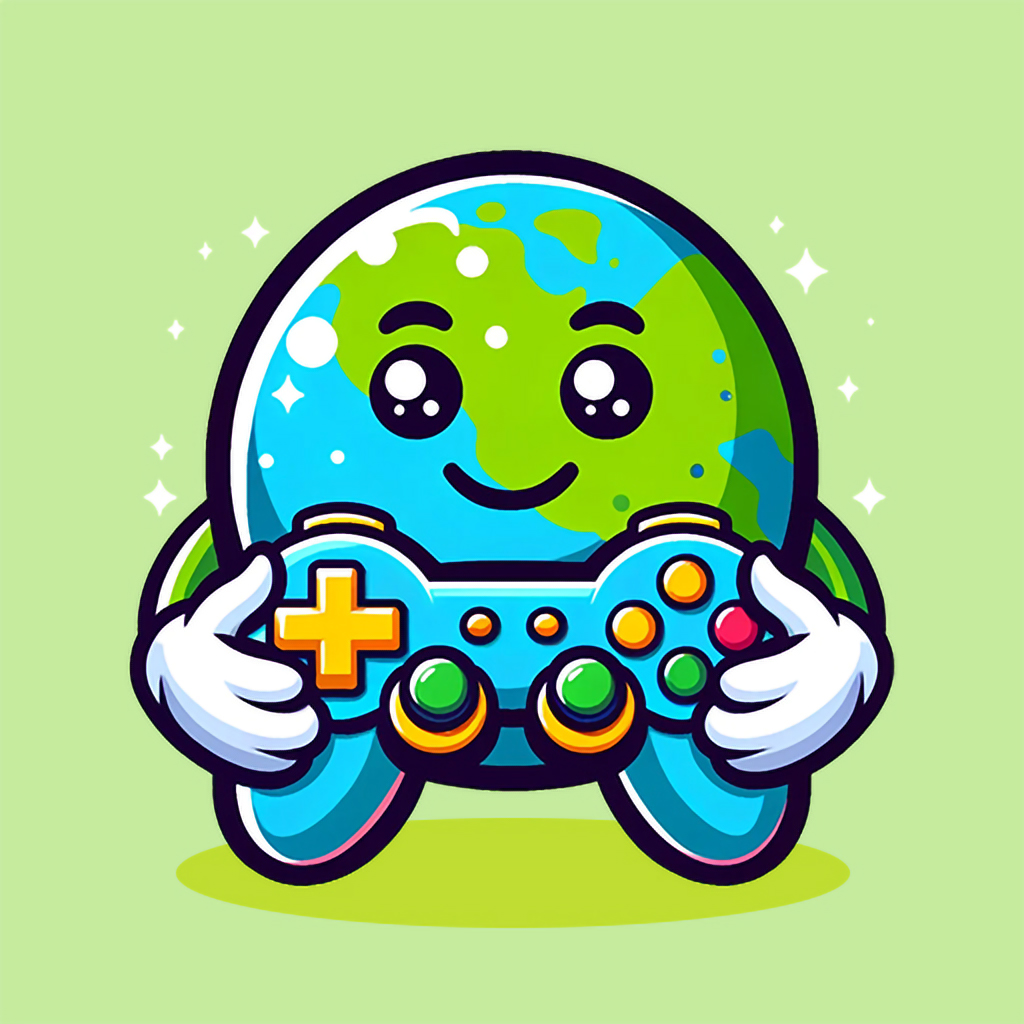For game developers, the world is not just the stage upon which the action unfolds — it is the language through which your audience unravels the narrative. Gaming is inherently international, with players speaking many languages and originating from diverse cultures; this allows you to expand your game’s reach like never before by bridging linguistic gaps.
Localization, particularly game translation, is not merely about rendering your game’s script in another language. It’s a complex and nuanced task that demands the same artistry and care that went into creating the game. Here, we offer a detailed guide to mastering the art of game translation, ensuring your creation resonates with players across the globe just as it does in its original language.
Understanding the Localization Process
Before we begin, it’s vital to understand that localization is a multi-layered process of adapting content to a specific locale or market. Unlike straightforward translation, localization considers regional differences in language, culture, and even legal requirements. The goal? A game that feels native to every player, no matter where they log in from.
Identifying Key Goals
The first step in the localization process is to identify your objectives. Are you aiming for a literal translation that stays true to the original dialogue? Or, perhaps you seek a transcreation — a creative adaptation of the script that conveys the same message with language-specific nuances? Understanding your goals is paramount as it sets the tone for all subsequent localization efforts.
Defining Your Audience
Every successful localization effort begins with the audience in focus. Who are your target players? Where do they live? What cultural elements drive their preferences? A deep understanding of your audience and their linguistic perspective is fundamental to effective game translation and adaptation.
Leveraging Technology
In the modern age, technology is a game-changer (pun intended) for localization. From natural language processing tools to cloud-based translation platforms, developers have an arsenal of resources. However, they are not a substitute for human expertise; instead, they serve as powerful tools that can streamline and enhance the translation process when used wisely.
Navigating the Nuances of Game Translation
Translating a game is far from a literal task. It’s a delicate dance between language and culture. Here, we explore some of the core elements of game translation and the nuances that come into play.
Script Translation
The game’s script is the backbone of its narrative. Translating the script isn’t just about converting words from one language to another; it’s about maintaining the original work’s tone, style, and intent. A well-translated script captures the meaning and the ‘feel’ of the dialogue, ensuring a seamless and engrossing experience for players.
Cultural Adaptation
Games are not just narratives; they are also cultural artifacts. Game elements, ranging from character designs to plot points, often contain cultural references that may not translate directly. An effective localized game should replace these references with ones that resonate within the target culture without losing the essence of the original context.
In-game Text
In-game text, including menus, UI elements, and tutorials, needs special attention during translation. Clarity and brevity are as essential as accuracy and contextuality. Tools like character counters and multi-level glossaries can help maintain the user experience across languages.
Voice Over and Dubbing
Voice over and dubbing are critical for games where audio is a significant part of the player experience. Hiring native voice actors and scriptwriters who understand the cultural and lingual subtleties can make all the difference. The goal here is to match lip-sync and convey the same emotions and nuances in the translated version.
Legal and Regulatory Compliance
Game translations must also comply with local laws. This can include age ratings, content restrictions, and even rules regarding language use in media. Developers must stay abreast of these regulations to avoid legal hurdles — or worse, damage to the game’s reputation.
Common Pitfalls and Best Practices
Game translation is fraught with pitfalls that can make a good game into a bad one in the eyes of local players. Here are some of the common mistakes to avoid, as well as best practices to ensure your game’s translation delights rather than disappoints.
Direct Translations and Idioms
One of the surefire ways to alienate players is through literal, direct translations of idiomatic expressions. These phrases do not usually have an equivalent in other languages, or if they do, the meaning might differ. It’s crucial to reimagine idioms in a way that makes sense within the new language’s cultural and linguistic context.
Text Expansion and Contraction
Languages have different lengths and require different amounts of space to express the same idea. This can lead to UI elements that are too spacious (affecting design integrity) or too cramped (affecting readability). The best practice here is to design with these constraints in mind from the start and to allow for flexibility in the UI layouts.
Handling Puns and Wordplay
Puns and wordplay are a linguistic juggling act that can be difficult to translate. Here, creativity and skill are needed to produce equivalent puns in the target language, often at the cost of a literal translation. Tools like localization glossaries can help maintain this wordplay’s consistency throughout the game.
Maintaining Consistency
Consistency in the translation of game elements is key to a polished localization. Inconsistencies can jar the player out of the experience, so using style guides, glossaries, and translation memory can help ensure a uniform tone and terminology throughout the game.
Playtesting
Once the game has been translated, it’s time to playtest in the native language. This is not only for error-spotting but also for identifying cultural or linguistic elements that don’t sit well with the local audience. Playtesting provides a chance to refine the translation and make any final adjustments.
The Return on Investment in Game Localization
For many developers, the prospect of localizing a game can be daunting. Yet, investing time, resources, and creativity can pay dividends. A well-localized game can dramatically expand your audience, boost sales, and enhance your brand’s international recognition.
ROI Beyond the Numbers
While it’s important to measure the success of localization in terms of sales and player numbers, there’s also an intangible return on investment. Positive player experiences, word-of-mouth marketing, and the global reach of your brand are all valuable assets that a well-translated game can provide.
Crafting a Global Community
Gaming is more than just a pastime; it’s a community. Localization allows you to directly engage with players worldwide, fostering a global community of enthusiasts who share a love for your game. This sense of community can be a powerful ally in your game’s continued success and growth.
Conclusion
Localization is a commitment to your game and your audience. It’s an investment in making your work accessible and relatable globally. By understanding the power of game translation and the intricacies involved, developers can take their games to new heights, ensuring they resonate with players of every culture and language. Remember, the effort spent crafting a thoughtful, immersive translation is never wasted. It is a direct line to the hearts and minds of your global player base.


